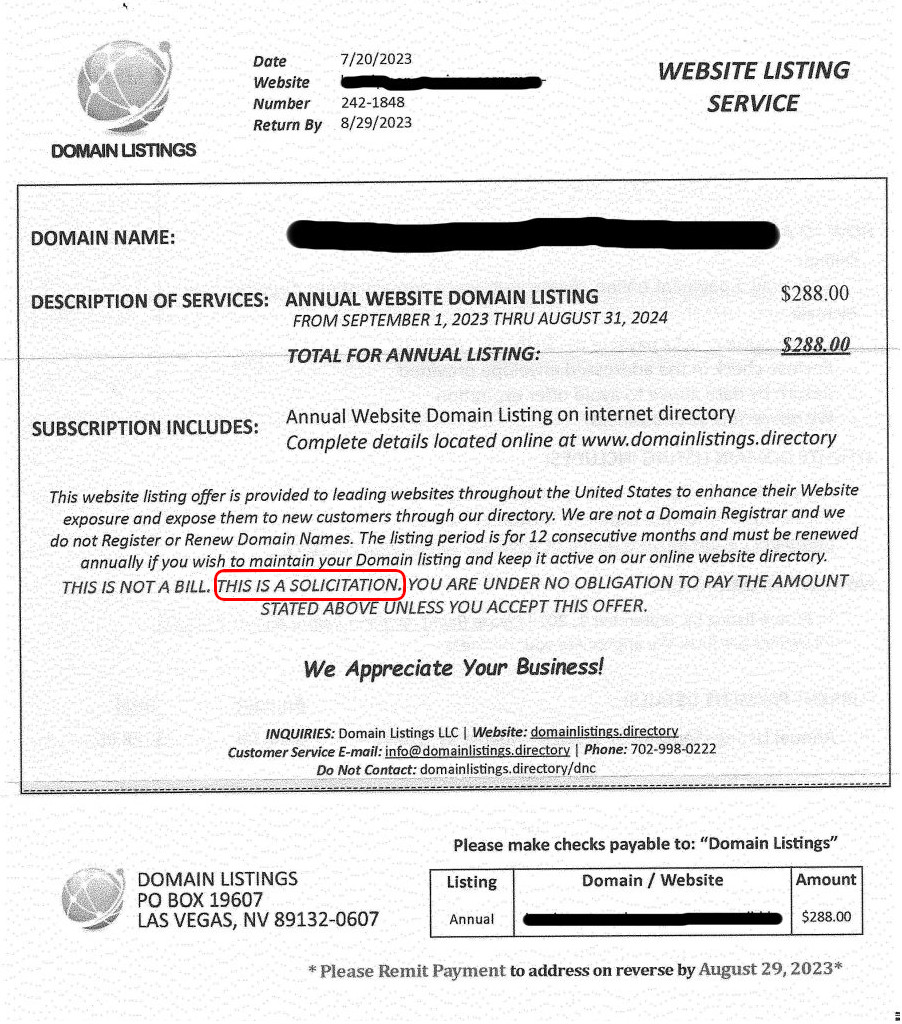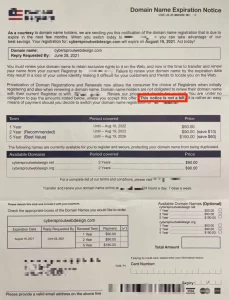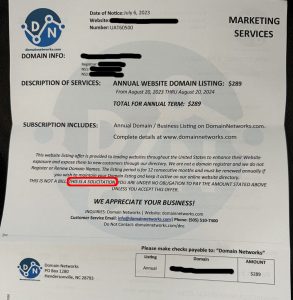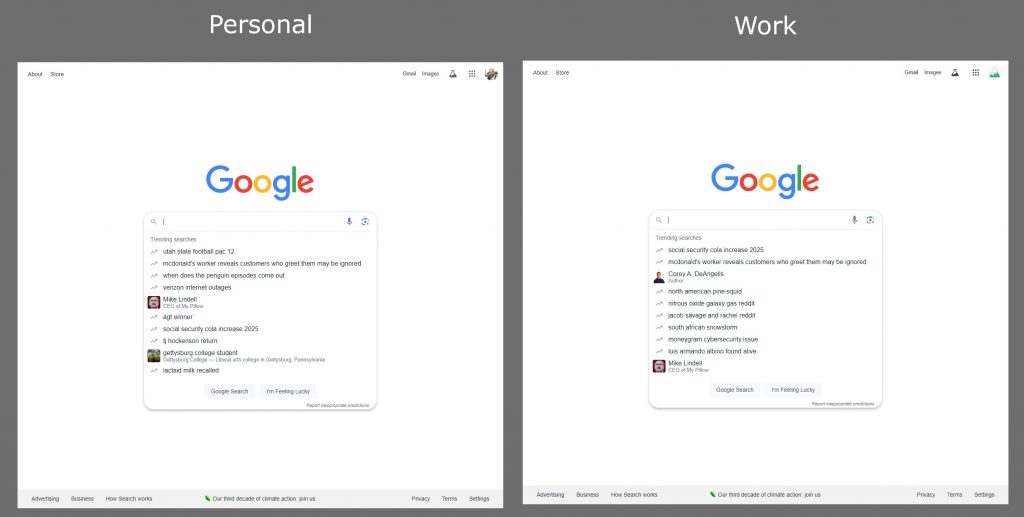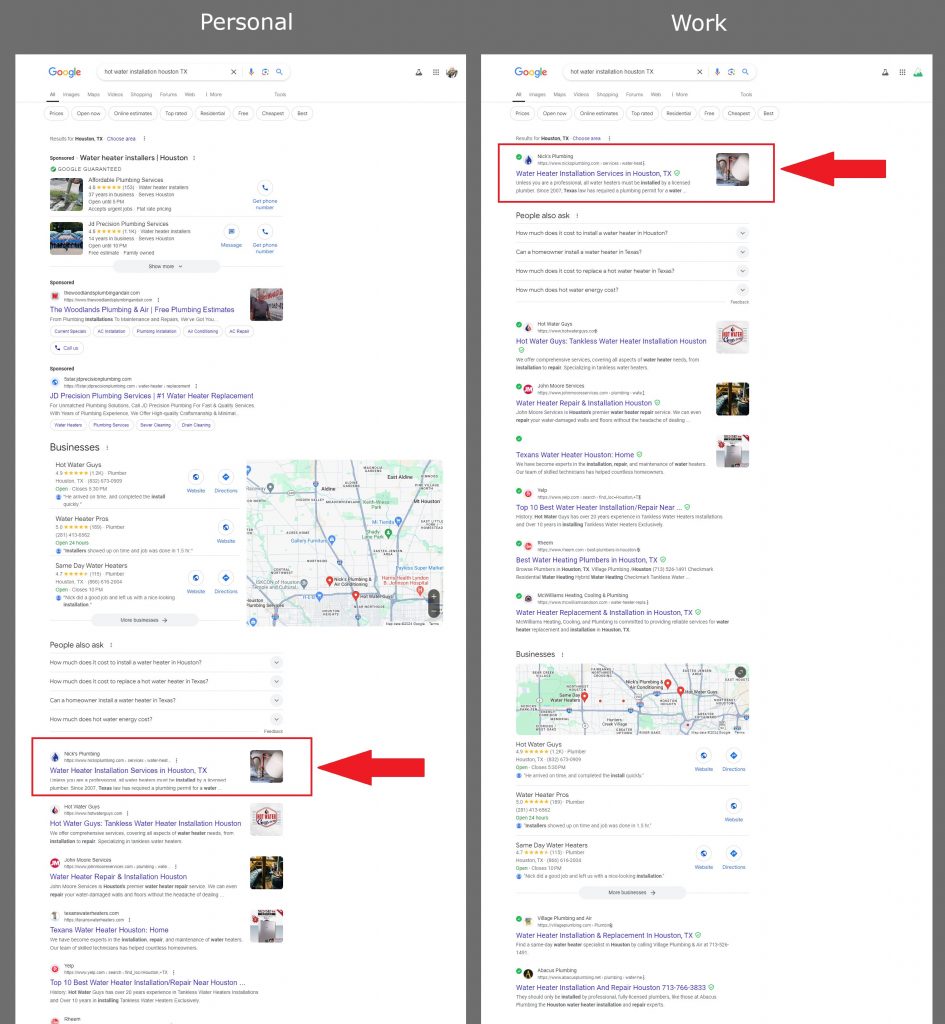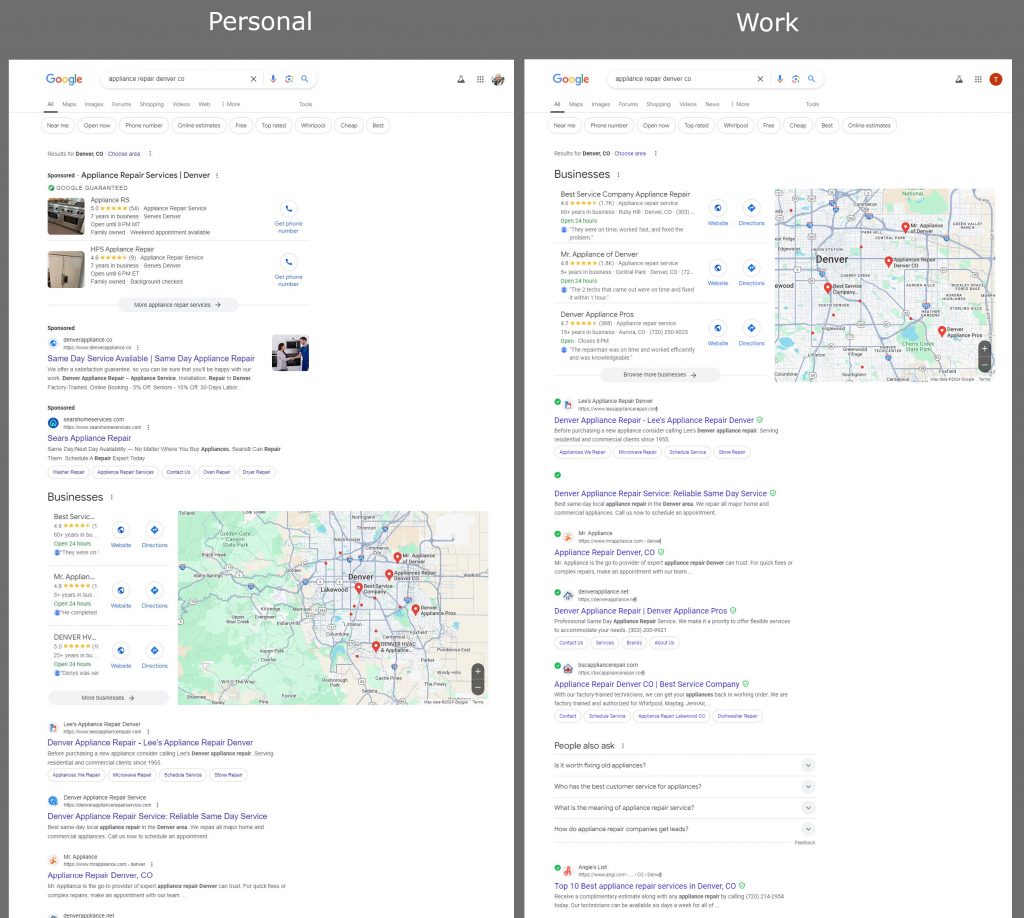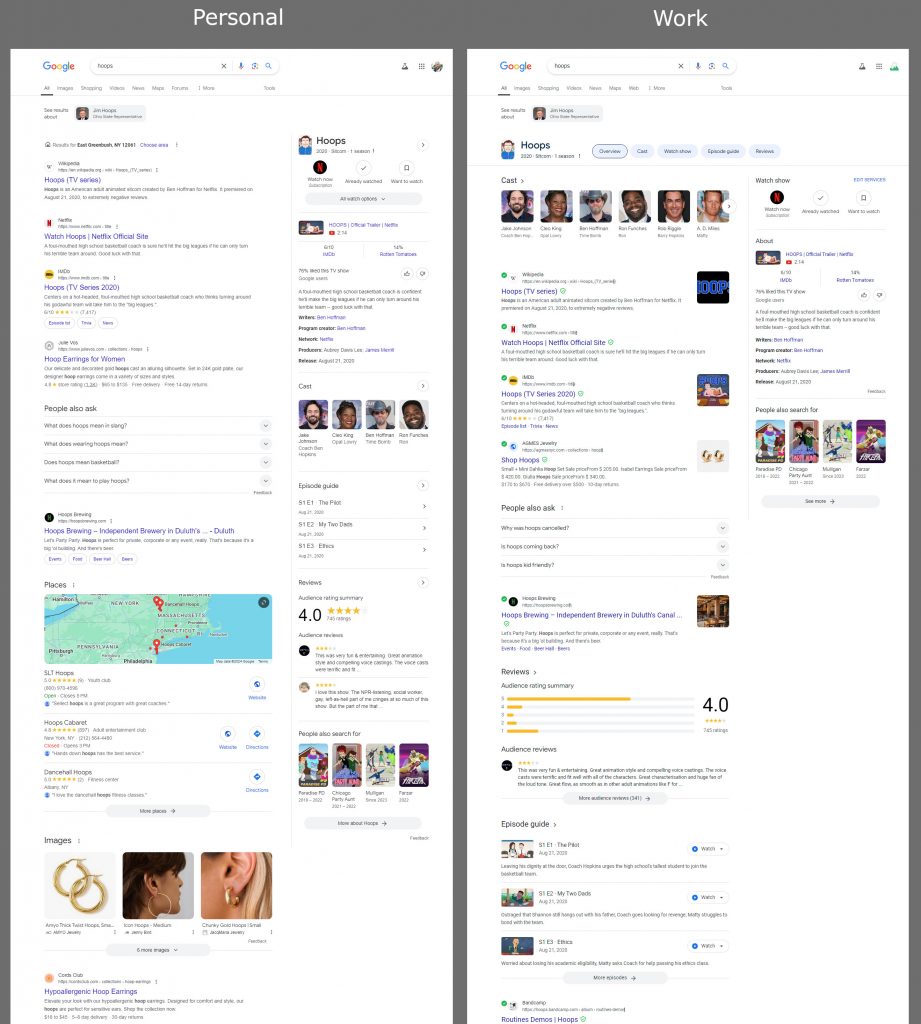“Half the money I spend on advertising is wasted; the trouble is, I don’t know which half.” This classic quote from marketing pioneer John Wanamaker hits home for many small business owners. You put money into advertising, but it’s hard to know exactly where it’s paying off. Luckily, in today’s digital world, we don’t have to stay in the dark. With simple, affordable tracking tools, you can finally figure out which half of your advertising spend is wasted—and stop wasting it!
At Prospect Genius, we tackle this challenge head-on using three simple but powerful tools: AdTrax, CallTrax, and PhoneSwap. Let’s break down how each one works and how they can help you make the most of every dollar you spend on advertising.
1. CallTrax: Know Which Campaigns Are Driving Calls
We all know that getting a live human to pick up the phone on the phone is where the money is. The challenge is in connecting that phone call to a specific marketing campaign so you know where to dial up your spend. We solve this with CallTrax. CallTrax provides a unique phone number for each campaign you run, and since it forwards calls directly to your regular number, you won’t even be able to tell anything has changed.
What CallTrax does is simple but powerful: it tracks exactly which campaigns are generating phone calls. You’ll be able to pinpoint which ads are making your phone ring and which ones aren’t worth the money.
2. PhoneSwap: Tailored Phone Numbers Based on the Source
One of our slickest tools is PhoneSwap. It automatically switches the phone number on your website depending on how visitors found you. Just tag the URL you’re using in your marketing campaigns and it will auto-magically swap out the CallTrax number on your site. Visitors won’t see any difference, but you’ll know exactly how they landed on your site.
This tool is especially useful when you’re running multiple campaigns on different platforms. Whether your leads are coming from Facebook ads, Google search, or an email campaign, you’ll know precisely which one led to the call.
3. AdTrax: Keep Your Eye on the Search Rankings
If you’re running Google ads or trying to rank organically, knowing where you stand in search results is key. AdTrax is the tool we created to search Google every day for the keywords we’re focused on. It tracks how we’re ranking over time, giving us insight into what’s working and what’s not. We use it for our own advertising, as well as for our clients.
Google personalizes search results based on location, browsing history, and more, which can skew the data. AdTrax eliminates these biases, giving us a much truer picture of our SEO performance. With this, we can see the impact of our strategies and adapt quickly. It’s like getting a daily report card on our efforts, helping us make informed decisions instead of guessing.
Why Tracking Tools Are a Game-Changer
Here’s the kicker: all three tools—AdTrax, CallTrax, and PhoneSwap—are super affordable. The amount of money you save by cutting underperforming campaigns far outweighs the cost of these tools. It’s a win-win for your bottom line. Without them, you’re flying blind, spending money without knowing where it’s going or if it’s coming back to you.
At the end of the day, these tools help us avoid Wanamaker’s dilemma. We know exactly where our money is working and where it’s not, allowing us to adjust our strategy and stop wasting valuable resources.
Take Control of Your Advertising
You don’t have to keep wondering which half of your advertising spend is wasted. By using tools like AdTrax, CallTrax, and PhoneSwap (or tools like them), you can take control of your marketing efforts and make data-driven decisions that lead to real results.


